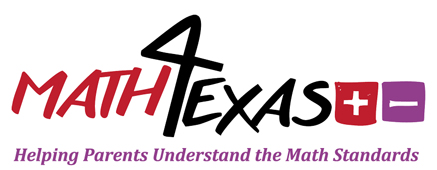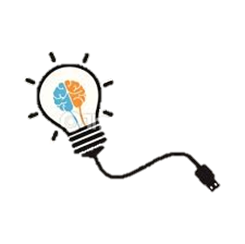T.I.P.S.
-
 The student must be
able to determine the value of different collections of pennies, nickels, and dimes
by “counting on” by twos, fives, and tens. They must be able to reason and show
how to count coins to solve money transactions problems.
The student must be
able to determine the value of different collections of pennies, nickels, and dimes
by “counting on” by twos, fives, and tens. They must be able to reason and show
how to count coins to solve money transactions problems.
Example
-
Read the following statements. You may need a pencil and paper.a) Tom had coins that totaled 33¢. He counted the value of the coins as shown below.10¢, 20¢, 25¢, 30¢, 31¢, 32¢, 33¢
Which coins does Tom have? Draw a picture to show your thinking and counting.
b) Mary needs a pair of scissors for art class. The scissors cost 55¢ each. Mary has these coins in her pocket. Does Mary have enough money to buy a pair of scissors? On your paper, show how you counted her coins.
Resources
-
Click on the following links for more information.
TEKS
-
1.4 Number and operations. The student applies mathematical process standards to identify coins, their values, and the relationships among them in order to recognize the need for monetary transactions. The student is expected to:
(C) use relationships to count by twos, fives, and tens to determine the value of a collection of pennies, nickels, and/or dimes





 Click
Click 

